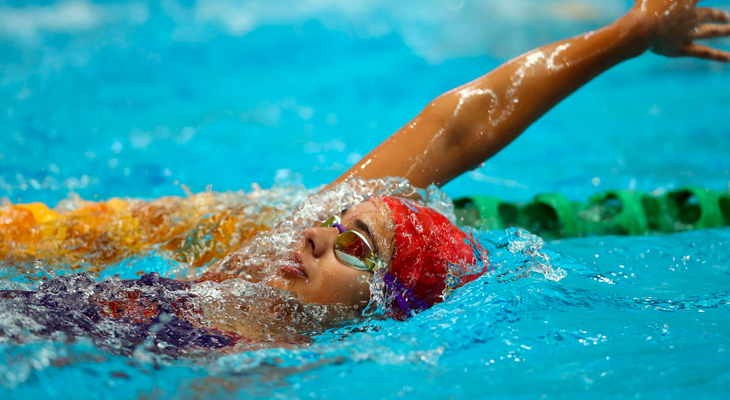The Learn to Swim program has many layers.
- All levels are skill and technique based
- All classes are conducted by national accredited swimming teachers
- Mainstream classes are 30 minute sessions (Clownfish – Turtle)
- Advanced classes are from 45 to 60 minute sessions (Dolphin - Junior Development)
- The main objectives of each level are outlined at the Aquatic Centre
- Frequency and regularity of attendance for any child to progress through the program is essential as this has a major impact on the rate of development
- Assessments and promotions
Group Levels
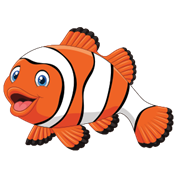 |
Clownfish, 30 mins lesson. 3 years and over (Maximum of 3 children per class)
|
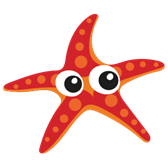 |
Starfish
|
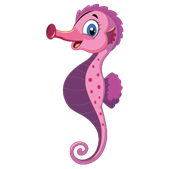 |
Seahorse
|
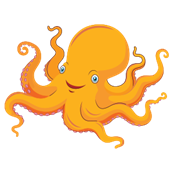 |
Octopus
|
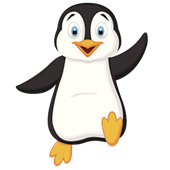 |
Penguin
|
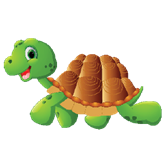 |
Turtle
|
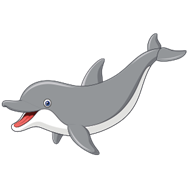 |
Dolphin
|
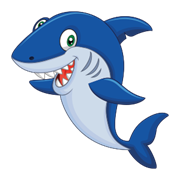 |
Junior DevelopmentIt is at this stage of development where the children are coached in swimming and begin to learn skills associated with swimming as a sport. Children at this level are encouraged to become team members of Barker Aquatic Swim Club and enjoy the pathway through swimming competitively.
|
What to Bring
- Goggles and beginners - Until advised by your child’s instructor goggles are not required at this level. It is a safety aspect when learning to swim that the beginner learns to open their eyes in and under the surface of the water. Most beginners hate to put their eyes and face in the water but with gradual instruction and encouragement they will achieve the desired results.
- Swimwear - Girls: full piece costume/towel/Group level swim cap/goggles
- Swimwear - Boys: speedo costume/boy leg/thigh leg/towel/ group level cap/goggles
- Rash Vest - for beginner level only: not recommended for children who are learning the strokes as it restricts their movements
Please Note: Due to current restrictions, we are no longer able to lend out swim costumes or towels.


